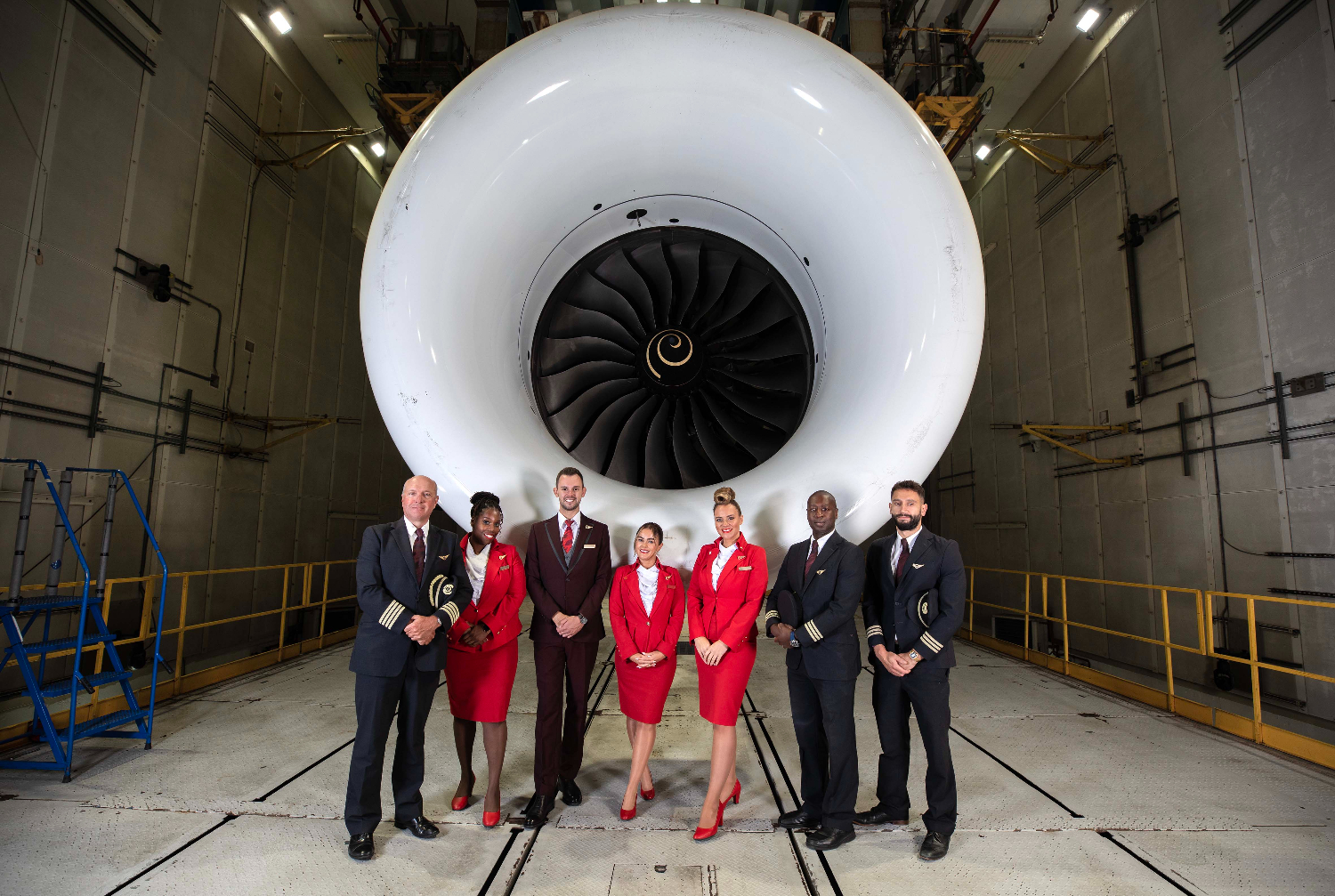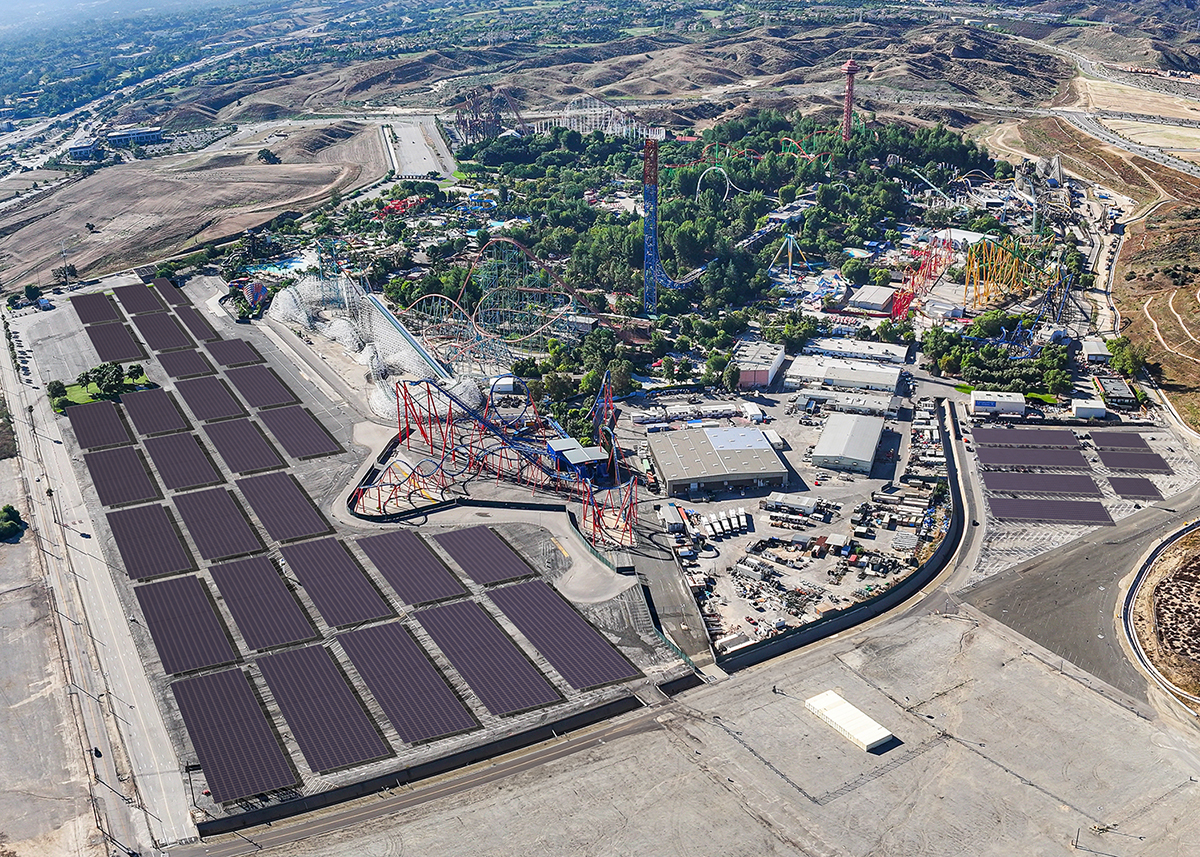Air travel accounts for about 2% of global carbon emissions but that figure is expected to increase as the airline industry continues to recover from the drop in the number of people flying during the Covid pandemic. Reducing emissions from commercial aircraft is considered a vital part of lowering total emissions from the travel sector. Operating airplanes on sustainable aviation fuel (SAF) is considered one of the best ways to make that happen. Another way is to electrify commercial air travel, but crossing continents or oceans in electric aircraft is something that is a long way in the future, unless some startling breakthroughs take place.
On November 28, 2023, Virgin Atlantic will fly a Boeing 787 Dreamliner 3,500 miles from Heathrow to JFK using 60 tons of 100% sustainable aviation fuel — a first for the airline industry. The company didn’t just decide to do this. First it needed to get permission from a slew of government agencies in the UK and the US.
In a press release dated November 6, 2023, Virgin Atlantic announced it had received permission from the Civil Aviation Authority in the UK to proceed with the flight. Sustainable aviation fuel is derived from non-petroleum based renewable sources. It is capable of being used as a replacement for, or blended with, kerosene. At the present time, SAFs may not exceed 50% of the fuel mixture for commercial aircraft without the need for any modifications to engines.

The Civil Aviation Authority permit follows a program of technical reviews by the regulator, which analysed different aspects of the planned flight, including undertaking ground testing with Rolls Royce on a Trent 1000 engine running on 100% SAF. Led by Virgin Atlantic and partly funded by Department for Transport, preparation for the flight has involved a consortium of companies comprised of Boeing, Rolls-Royce, BP, and others, to demonstrate SAF is an alternative to regular jet fuel.
Shai Weiss, CEO of Virgin Atlantic said, “The Civil Aviation Authority’s permit to fly Flight 100 marks a key milestone and a huge achievement for all the teams working towards this historic flight. Getting to this point has been more than a year in the making and taken radical collaboration across our consortium partners and government. We’re committed to using 10% SAF by 2030, but to get there we need the government to support the creation of a UK SAF industry. We know that if we can make it, we can fly it.”
Rob Bishton, Chief Executive at the UK Civil Aviation Authority, said: “As the UK’s aviation regulator, it’s important that we safely enable the industry to embrace more sustainable practices and push the boundaries of what’s possible to create a greener aviation industry. This permit not only allows Virgin Atlantic and others to showcase their commitment to sustainability, but also serves as an example of how the industry is always exploring new technologies. Innovation and sustainability are vital areas of work, but they must go hand in hand with safety. This is a reminder that together we can drive change, reduce emissions, and make the skies greener for generations to come.
The CAA permit is one of the approvals required for the flight and paved the way for Virgin Atlantic to submit applications to the Federal Aviation Administration, Irish Aviation Authority, and Transport Canada to allow the flight to travel through US, Irish, and Canadian airspace. Those agencies have now issued the necessary permits of their own so the flight can proceed.
Sustainable Aviation Fuel Is Many Things
According to Canary Media, sustainable aviation fuel is not 100% emissions free but includes lower carbon fuels made from biomass such as cornstalks and forest residues, as well as from hydrogen and captured carbon dioxide. However, nearly all the world’s existing supply comes from one particular type of fuel — hydroprocessed esters and fatty acids, known as HEFA, which is derived from pork fat, beef tallow and yellow grease collected from restaurants and industrial kitchens.
Virgin Atlantic’s 787 will use a combination of 88 percent HEFA fuel and 12 percent “synthetic aromatic kerosene.” The latter is a compound derived from plant based sugars that helps to lubricate jet engines and reduce fuel leakage around the seals. The combination is expected to reduce carbon emissions by 70%. “We’re predicting that SAF is going to be the overwhelming majority of fuel used for long haul flights in the 2040 to 2050 time frame,” said Sola Zheng, an aviation researcher for the International Council on Clean Transportation, who is based in San Francisco.
Virgin Atlantic’s upcoming voyage will join a handful of recent initiatives seeking to prove that SAF can fully and safely replace fossil jet fuel on commercial flights. Only a week ago, Gulfstream Aerospace said it successfully completed the world’s first ever transatlantic flight using 100 percent sustainable aviation fuel. On November 19, it flew a G600 business jet from its headquarters in Savannah, Georgia to Farnborough, England. The demonstrator aircraft used only HEFA fuel and no aromatic compounds during the seven hour flight, which carried testing equipment but not passengers. World Energy, the fuel supplier, said its SAF reduces a flight’s life cycle emissions by 83 percent.
Sustainable Aviation Fuel Is In Short Supply
The Virgin Atlantic flight on November 28 may amount to little more than virtue signaling. The truth is that there is not enough SAF to meet demand and that which is available costs 3 to 5 times what ordinary jet fuel does. In 2022, fuel producers supplied nearly 80 million gallons of SAF worldwide. Although that’s triple the volume produced in 2021, and while this year’s output is on track to “rise exponentially,” SAF supplies still represent less than 0.1 percent of total global aviation fuel.
“Airlines are telling me they will take all my SAF, as long as it’s the same price as jet fuel,” said Gene Gebolys, president and CEO at World Energy. “But we can’t produce SAF at the price of jet fuel and have it be a going concern.” His company is spending over $5 billion to expand capacity at its existing sustainable aviation fuel facility in Los Angeles and convert a bio-diesel plant in Houston to make aviation fuel.
The Inflation Reduction Act provides subsidies of up to $1.75 a gallon but that is still not enough to achieve price parity with ordinary jet fuel. In early November, jet fuel in the US retailed at around $2.85 per gallon while SAF prices were at $6.69 per gallon. Applying the highest level of tax credit, SAF would still cost roughly 70 percent more than conventional fuel.
What Is Sustainable?
Sustainable aviation fuel is facing the same conflicts as are so-called e-fuels in the European Union. Some want to flog their own hobby horses in order to claim those tax credits. The corn lobby wants ethanol to qualify as a SAF but environmental groups protest that we shouldn’t take food off people’s tables so wealthy folks can fly around in airplanes.
Then of course there is a fight brewing over carbon capture — a technology that doesn’t work, has never worked, and likely never will work, at least not at prices that will make captured carbon commercially viable. So far, all carbon capture has done is act like a smokescreen for the fossil fuel industry which wants us to trust them when they say we can continue to burn fossil fuels now because they will just scrub the carbon dioxide out of the atmosphere in the future.
$5 Trillion Needed
All told, decarbonizing the global aviation industry could require around $5 trillion in technology investments through 2050, according to the UN International Civil Aviation Organization. In the meantime, as governments and industry decide how to spend their trillions, high-profile demonstrations — like Virgin Atlantic’s SAF-fueled transatlantic journey — can play a role in steering the aviation industry toward less-polluting fuels, said Joey Cathcart, an RMI associate.
“Efforts like this indicate to suppliers that there’s an interest in this type of product,” he said of the London–to–New York flight. “I’m optimistic that they’ll drive suppliers to increase production.
The end result is that sustainable aviation fuel is a good goal but one that may not be commercially viable for decades Airlines hope to be using 10% sustainable aviation fuels within ten years but that is not nearly enough to make a significant impact on their emissions.
The Earth simply doesn’t have the capacity to absorb ten or twenty more years of carbon emissions without tipping the climate over into spiraling increases in average global temperatures. The real question is whether trans-oceanic and trans-continental civilian air travel can be made sustainable at all. There currently is no clear answer to that question.



